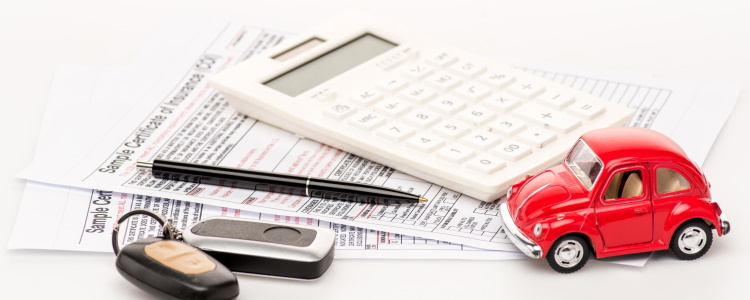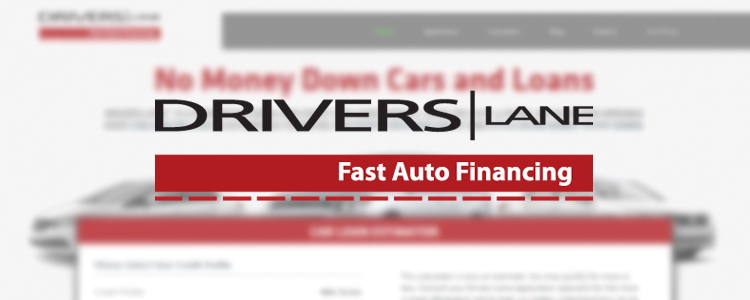If you’re tired of getting turned down by lender after lender, it may be time to look for help getting an auto loan. Before you consider a loan for your next vehicle, however, you need to make sure your budget and credit are up to the task.
Does a Car Payment Fit into Your Budget?
 To determine whether or not a car payment will fit into your budget, a lender will use your debt to income (DTI) ratio and your payment to income (PTI) ratio. These help a lender see if you’ll be able to make your payments comfortably. Lenders don’t want you to overextend your finances and end up with poorer credit from missed payments or a defaulted loan.
To determine whether or not a car payment will fit into your budget, a lender will use your debt to income (DTI) ratio and your payment to income (PTI) ratio. These help a lender see if you’ll be able to make your payments comfortably. Lenders don’t want you to overextend your finances and end up with poorer credit from missed payments or a defaulted loan.
When you’re looking for an auto loan, especially with bad credit, lenders typically cap your DTI at 50 percent of your gross monthly income, and they don’t want your PTI to be more than 15 to 20 percent of your gross monthly income. You can (and should) calculate these ratios yourself to make sure you know what to expect before you visit a dealer.
DTI: To calculate how much debt you have compared to your income, simply add together all your monthly payments, and divide the total by your gross monthly income. The gross amount is what you make before taxes and deductions are taken out.
PTI: To find your PTI range, multiply your income by 0.15, and then again using 0.20. For example: if your gross monthly income is $2,185, your total car and insurance payment can’t be more than $328 (2,185 multiplied by 0.15). If the lender you’re using sets PTI at 20 percent, your monthly payment can’t be more than $437 for your combined car and insurance payments. Without knowing your actual insurance payment, lenders will assume $100 per month as a guideline.
Have You Seen Your Credit Lately?
The best way to know what you’re looking at as a borrower is to have an idea of where your credit stands. To do this, go to www.AnnualCreditReport.com, where you’re entitled to get a free copy of your credit report from each of the three national credit bureaus every 12 months. Once you’ve looked over your credit reports and received your credit score, you’ll have an idea of what a lender will see when they review your credit.
Lenders look at your credit score to help determine what kind of loan you’re eligible for and the interest rate you’ll qualify for. When they look at your credit report, the lender will see your credit history and how you’ve handled credit in the past. If you’re behind on any payments, or have a history of never paying bills on time, it’ll show up in your report – and won't look good in the eyes of potential lenders.
Pointing You in the Right Direction
Knowing your budget and what’s on your credit report makes a good jumping off point to begin your research into a new vehicle. Once you’re ready to take the next step, you’ll need to find a special finance dealer. But not all dealers are willing to work with people who have poor credit.
Luckily, here at Drivers Lane, we can point you toward a special finance dealer in your area who has the lending resources available to work with difficult credit situations. There’s no obligation to buy and our online auto loan request form is simple to fill out. Get started today!



















